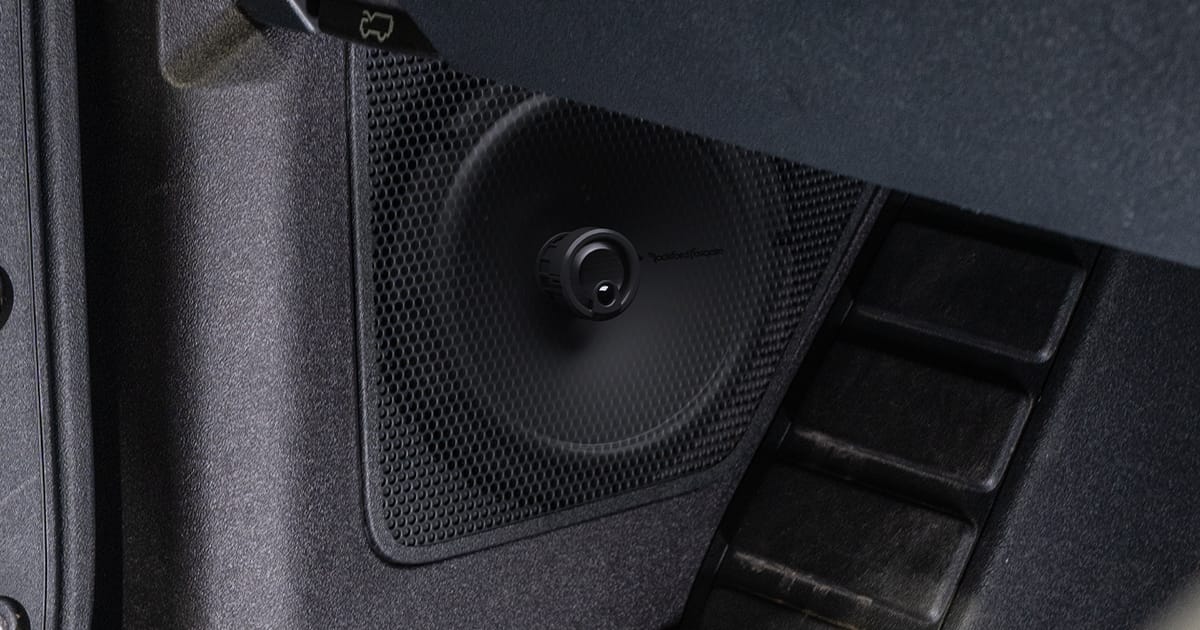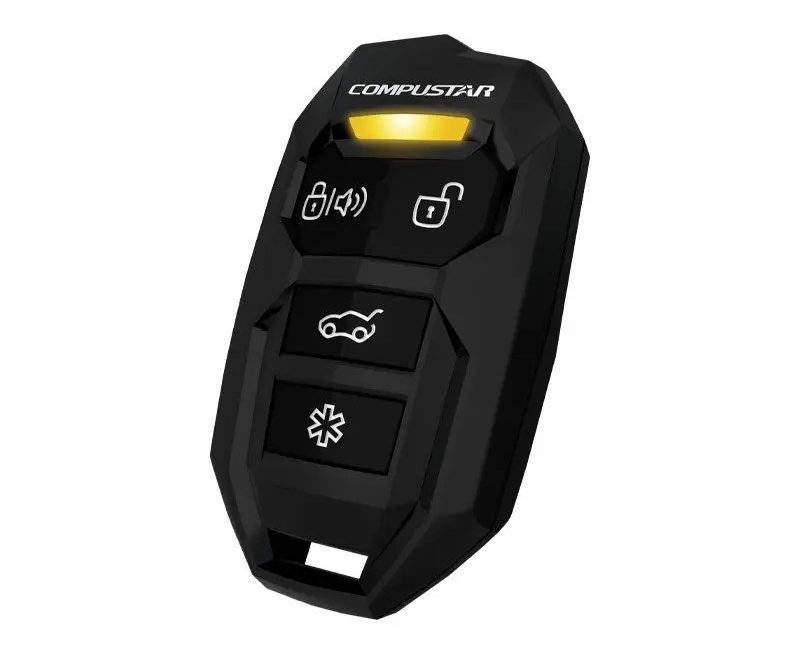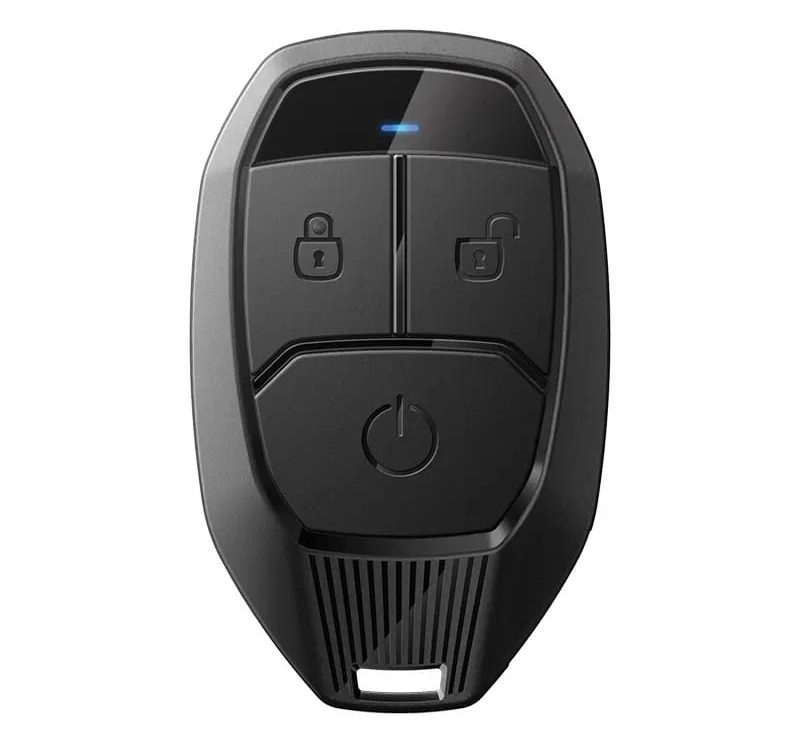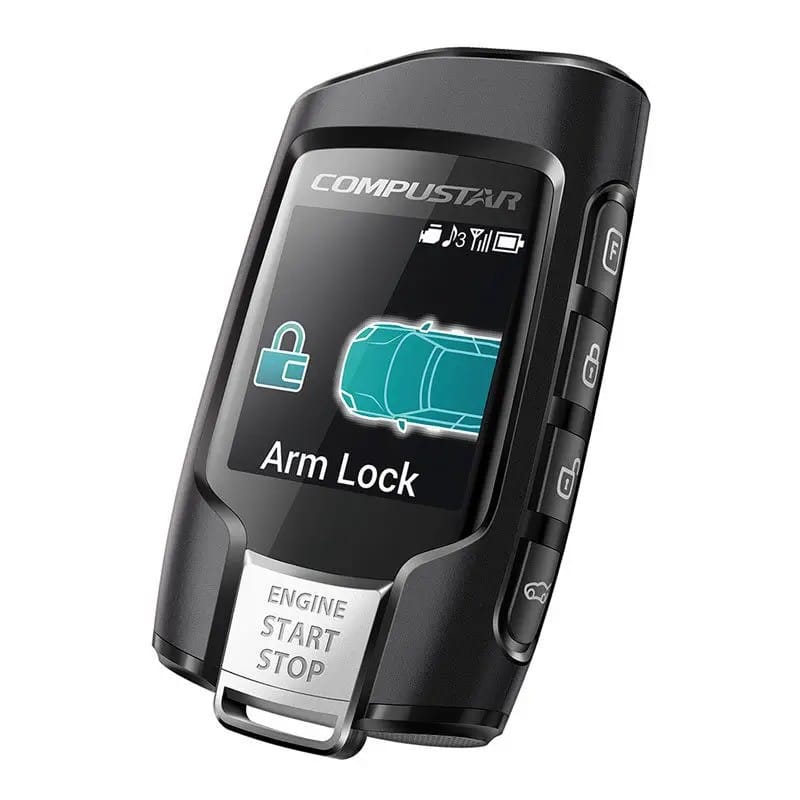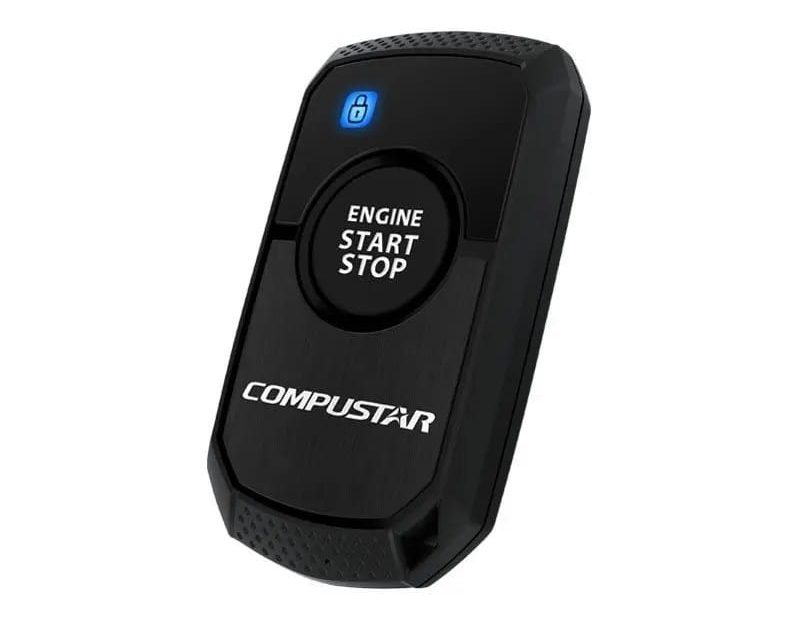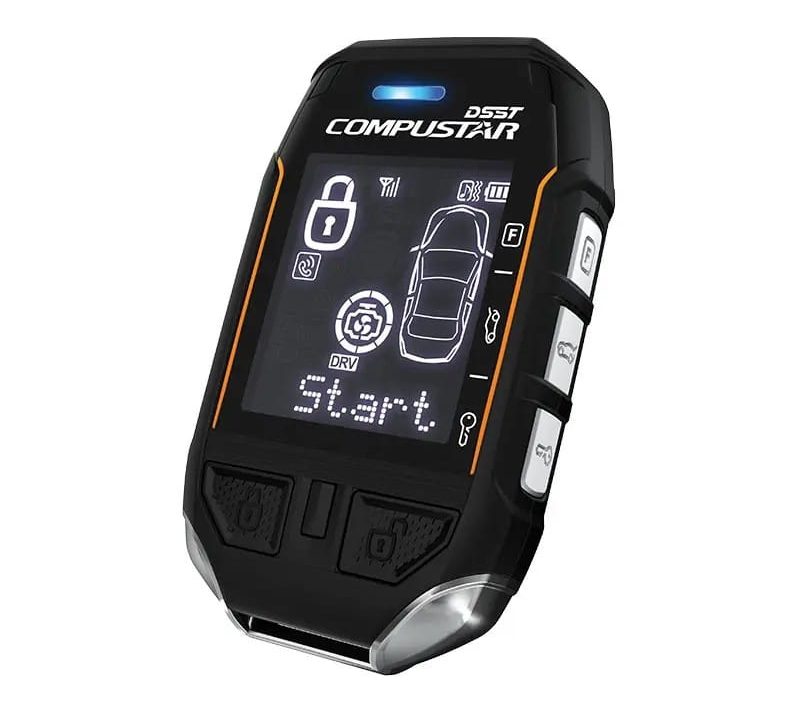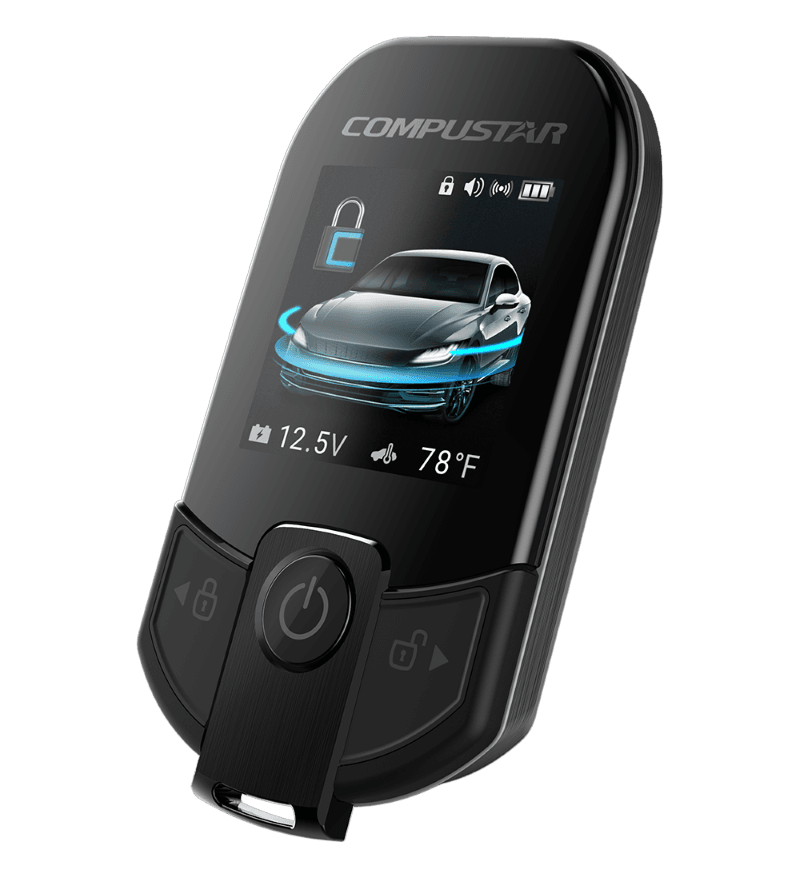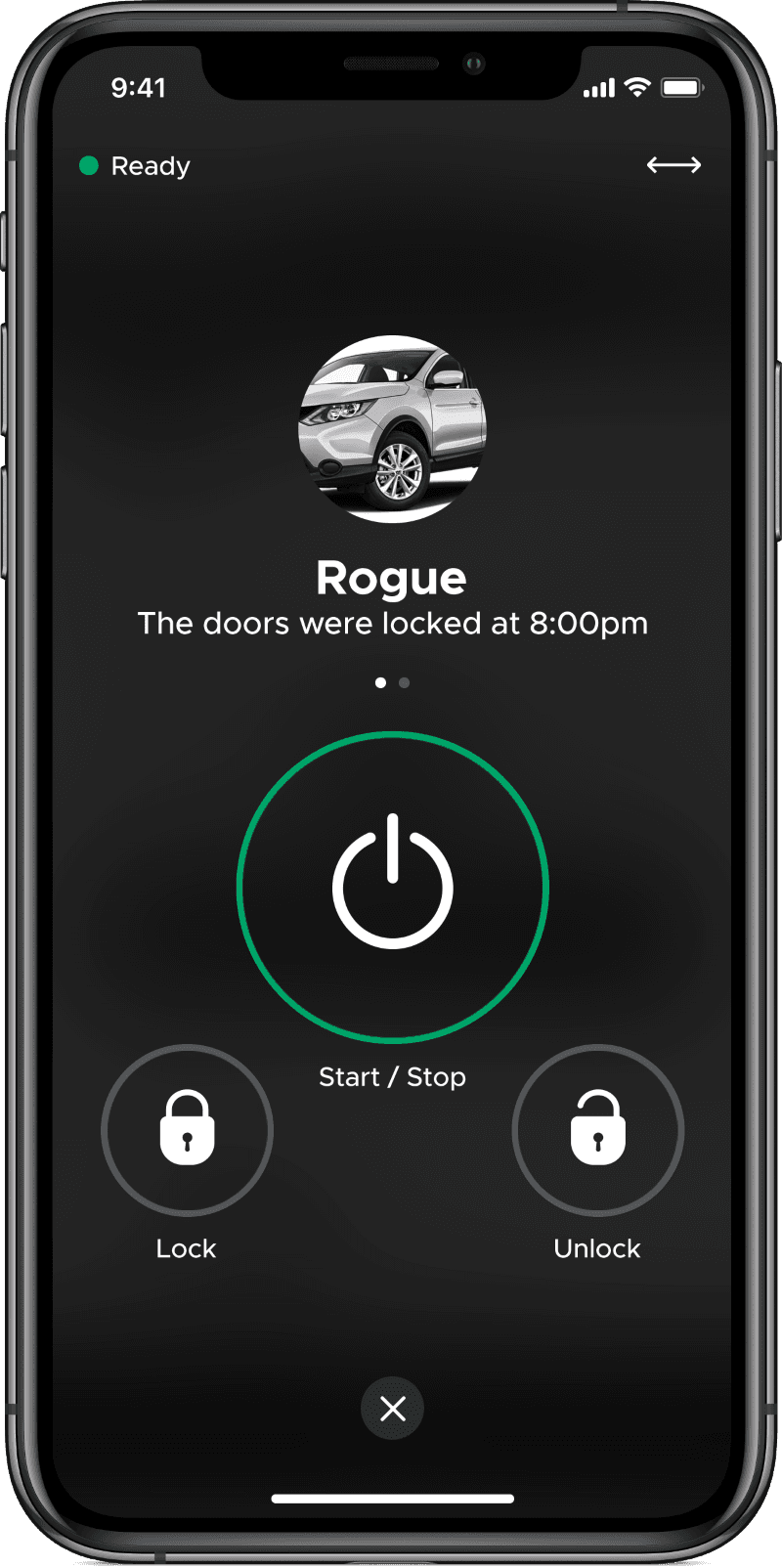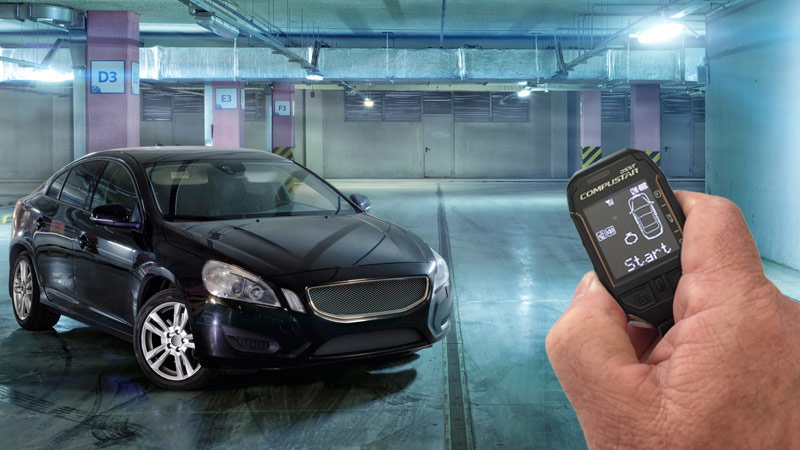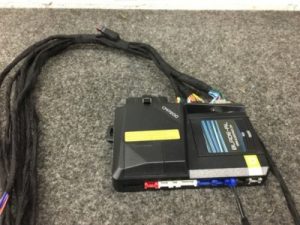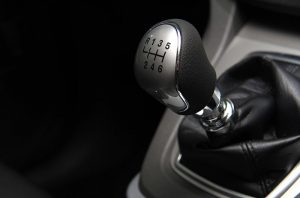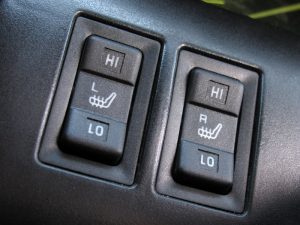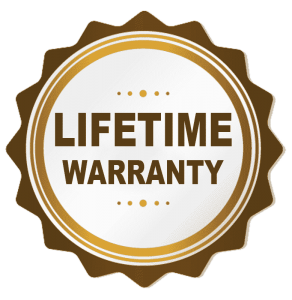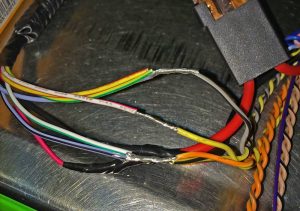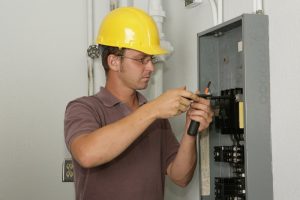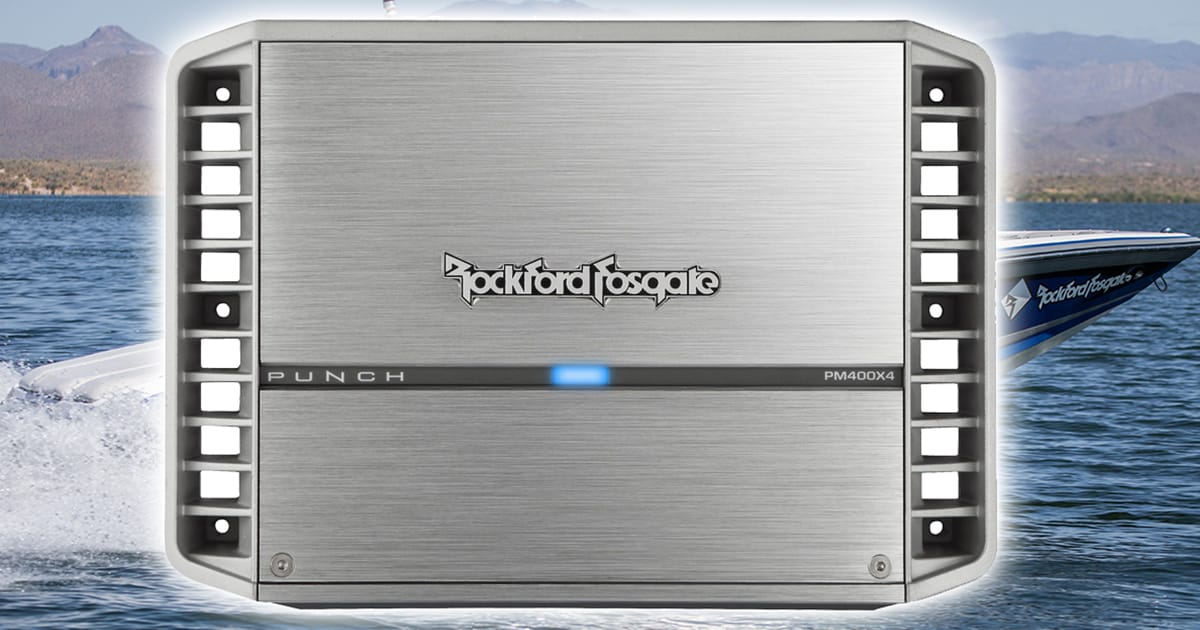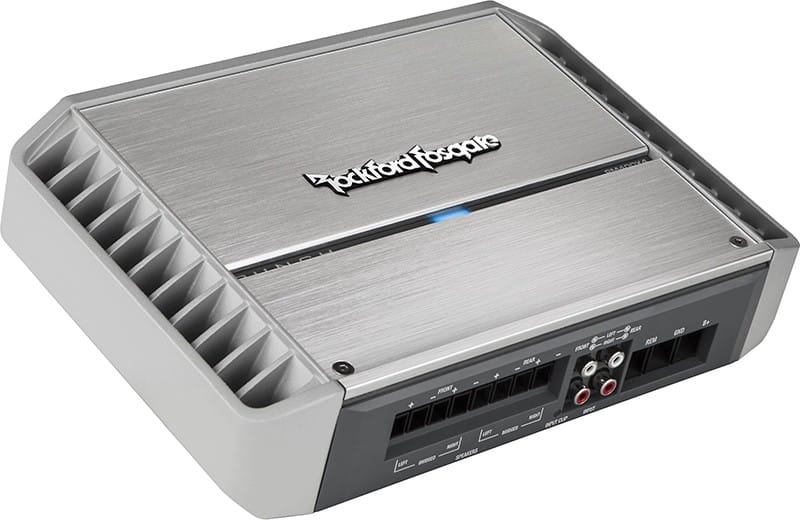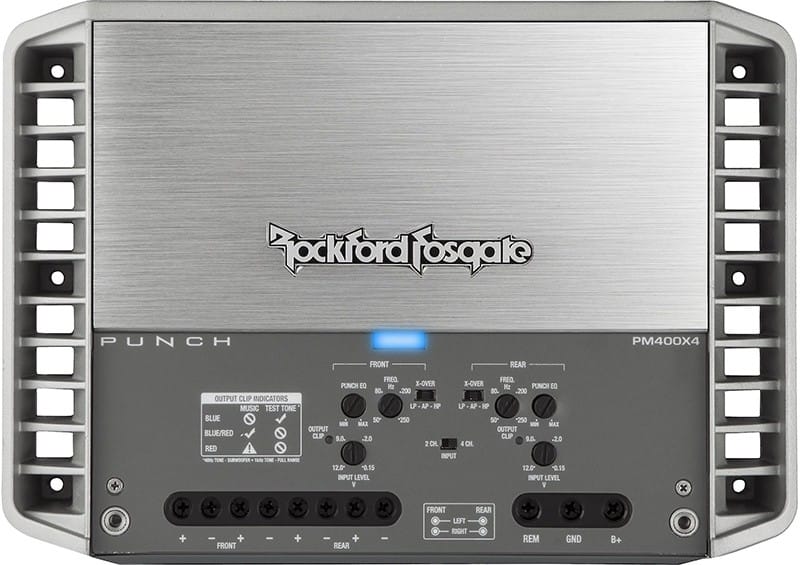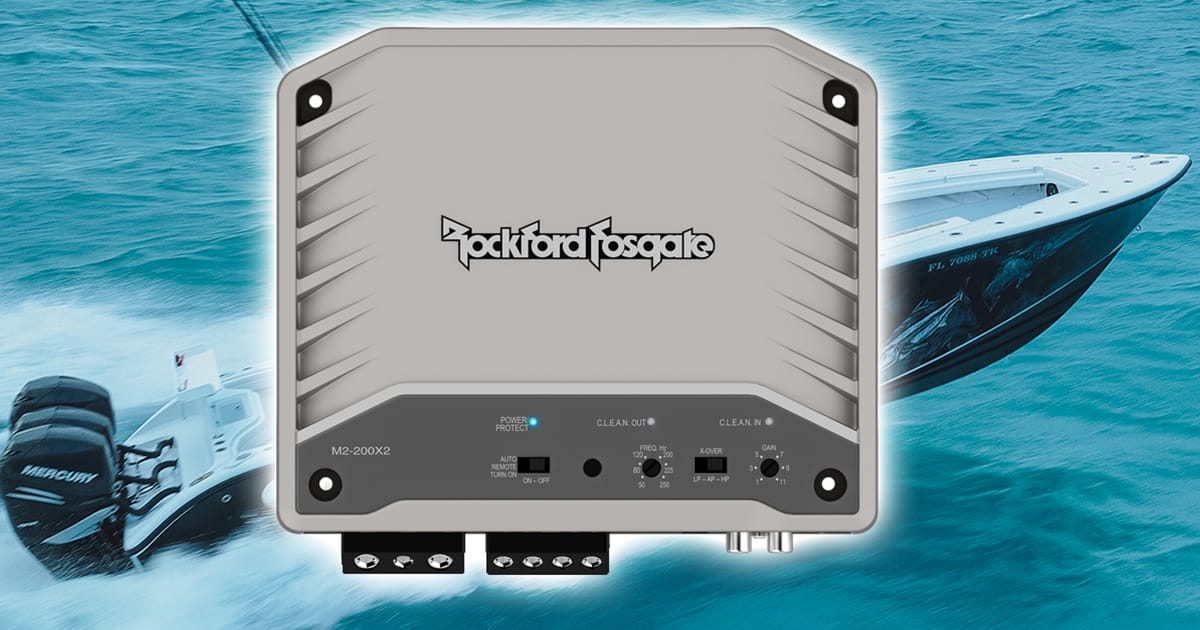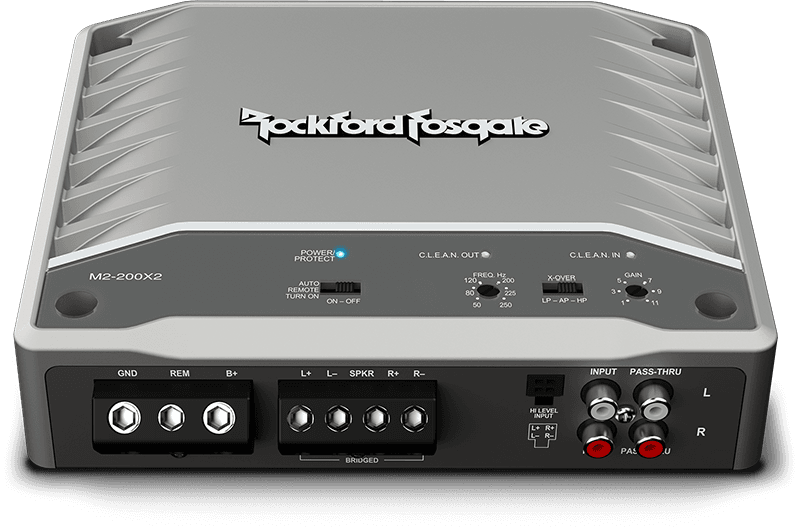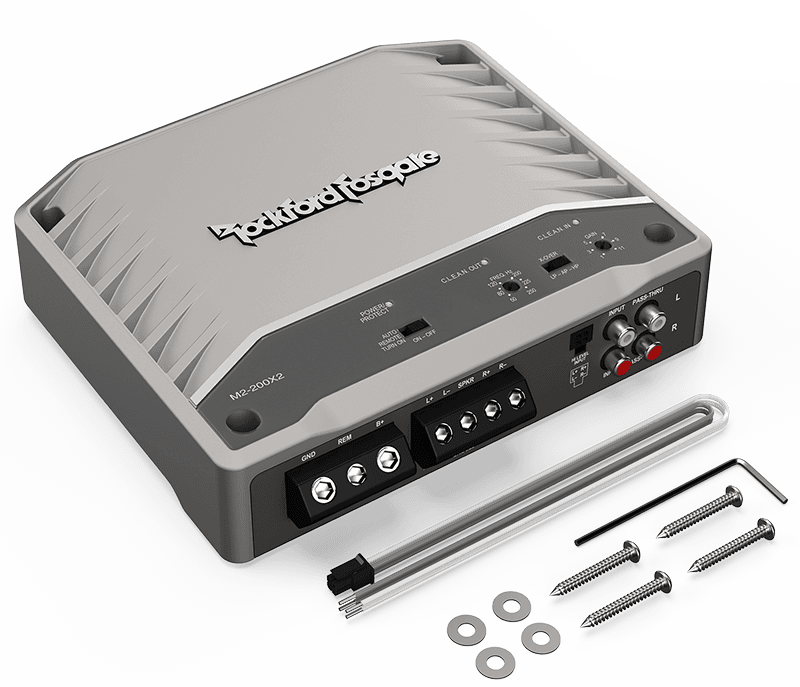If there is a single word that car audio enthusiasts associate with the brand Rockford Fosgate, that would be “Punch”. From the early Punch amplifiers, speakers and subwoofers, this legendary name invokes music that hits hard with a signature sound that fanatics have grown to love. Fans have been waiting for the next generation of car audio gear from Rockford Fosgate and since the company recently announced a complete redesign of their famous Punch Speaker line, we wanted to check it out. In particular, we’ll look at the P1V2-65, better known as the Punch P1 6.5” coaxial.
Design of the Punch P1V2-65 Speakers
The new Punch speakers are grouped differently from the outgoing models. The P1 series that we’ll examine first is a series of coaxial three-way speakers available in sizes ranging from 2.5 to 6.75 inches, including 3.5, 4, 5.25, 6.0, 6.5, 6×8, and 6×9. Yep, that’s something for almost any door, dash, pillar or parcel shelf on the road. The P1V2-65 is a 6.5-inch three-way coaxial set that includes a pair of drivers, mounting screws and spade terminals.
Starting from the top down, we find a glass-fiber-reinforced nylon basket with a unique hexagonal, six-spoke design. Those who pay attention to performance-enhancing features will note that the design is open under the spider mounting plateau, allowing for linear cone travel and enhanced cooling. The P1V2-65’s power handling is rated at 75 watts continuous and 150 watts peak.
The mounting flange features what Rockford Fosgate calls their Auto Fit Architecture, which features a Factory Location Woofer Ring (F.L.W.R.) for easy fitment in OEM mounting locations. The goal here is to ensure the woofer bolts into your doors with no need to drill new holes. The drivers are 2.5 inches deep, but the magnet cover can be removed to reduce the depth to 2.22 inches when required.
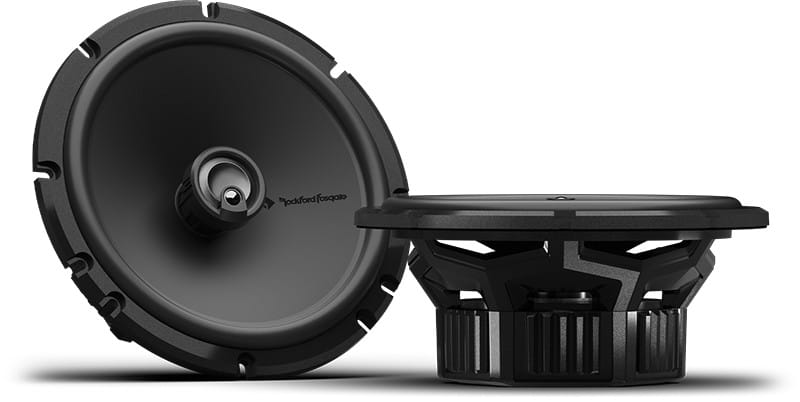
Woofer Design Features
The woofer cone is attached to the basket with VAST 2.0 technology. The Santoprene rubber surround is as large as possible, resulting in these drivers having about 25% more effective cone area than competing solutions. This means more bass and improved efficiency. The cone is made from mica-reinforced polypropylene. The mica mineral enhances damping and thermal stability. The cones have a curvilinear shape for additional rigidity and resistance to resonance. The curvilinear design isn’t just for looks, as this feature significantly improves the dispersion of the audio for better sound quality. Interestingly, the surround is injection-molded (chemically bonded) directly onto the cone to ensure a reliable connection and predictable mass. The elimination of glue at this joint dramatically improves driver-to-driver consistency.
At the base of the woofer cone is a vented Kapton former. The driver has a nominal impedance of four ohms, making it compatible with all factory and aftermarket source units and amplifiers. A linear Nomex spider handles compliance. The tinsel leads are sewn to the spider to ensure they don’t add noise at high power levels.
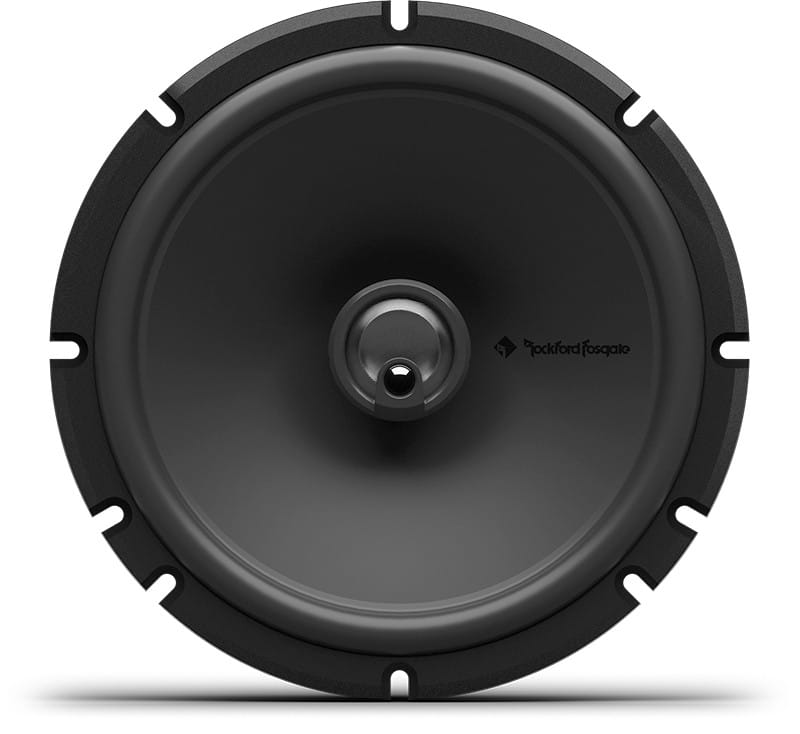
Tweeters Bring the Details
As we mentioned, the Punch P1V2-65 is a three-way speaker. As such, it has a pair of tweeters. The main tweeter has a diameter of 0.75 inches and features an inverted 0.75-inch Tetolon® dome design. The super-tweeter has a diameter of 0.375 inches and sits near the edge of the main tweeter in a configuration called Tru-Sight™, similar to the eye-sight configuration of a hunting rifle. The super-tweeter uses a polypropylene dome design.
So, why add a super-tweeter? As we’ve explained many times, all speakers become directional at high frequencies. That frequency depends on the cone diameter. With a 0.75-inch tweeter, sounds above about 13 kHz will be quieter off-axis to the speaker. Since most car audio installations have us listening to the speaker’s output (as you’d find in a door) at 60 degrees, adding a super-tweeter to fill in those upper frequencies will ensure you can always hear your music.
The crossovers for the tweeters are integrated into the basket. Rockford Fosgate refers to this as their Internal Concealed Crossover (ICC+) design. They use a cap for each tweeter to provide a 6 dB/octave roll-off.
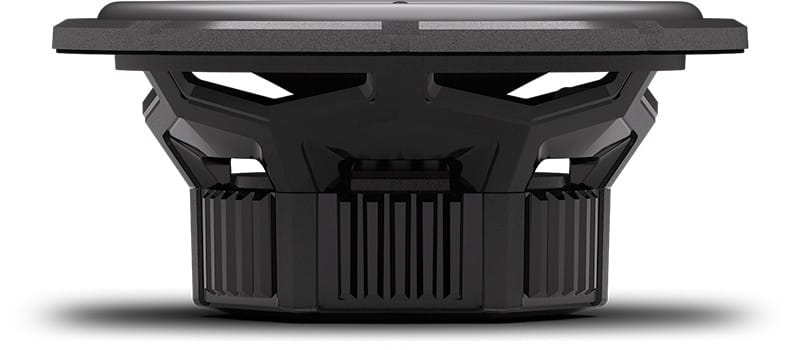
Premium Features Deliver Big Sound
The features of the new Rockford Fosgate Punch P1V2 drivers are truly impressive. Excellent materials, intelligent design and thoughtful execution should combine to make these an affordable high-performance solution. Not to mention, Rockford Fosgate spent considerable time ensuring the sonic signature lives up to the PUNCH legacy. To learn more about P1V2 speakers, visit a local authorized Rockford Fosgate retailer. You can find a shop near you using the locator tool on the Rockford Fosgate website.
Be sure to follow Rockford Fosgate on Facebook, Instagram and YouTube to keep up with all new product releases coming this year.
This article is written and produced by the team at www.BestCarAudio.com. Reproduction or use of any kind is prohibited without the express written permission of 1sixty8 media.
